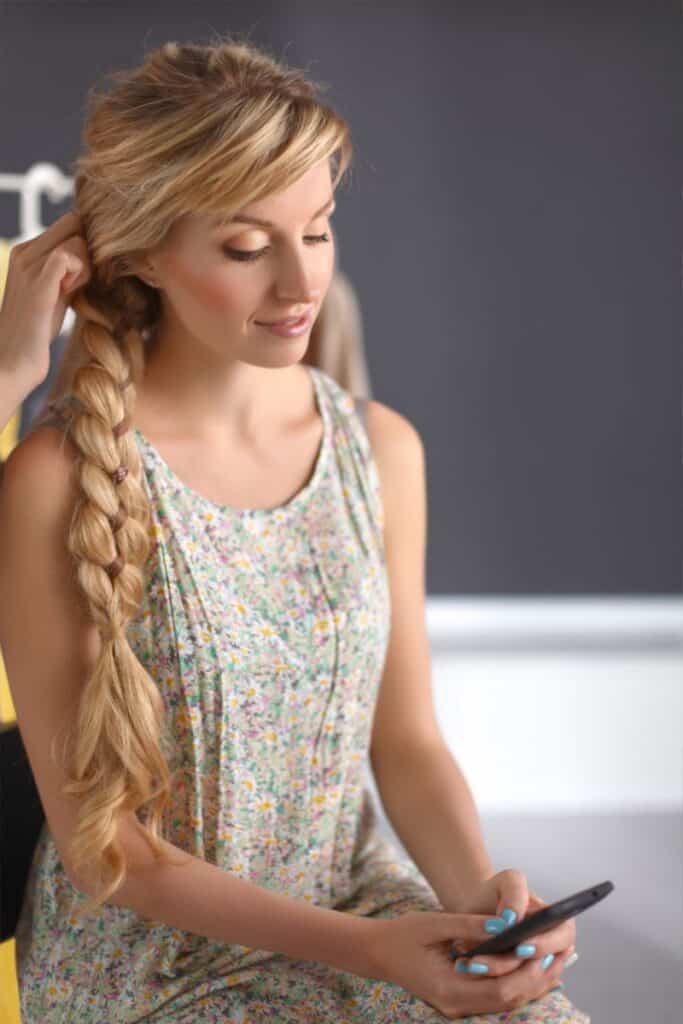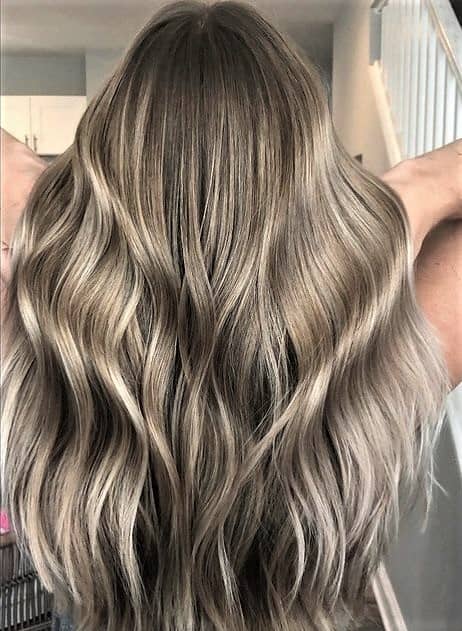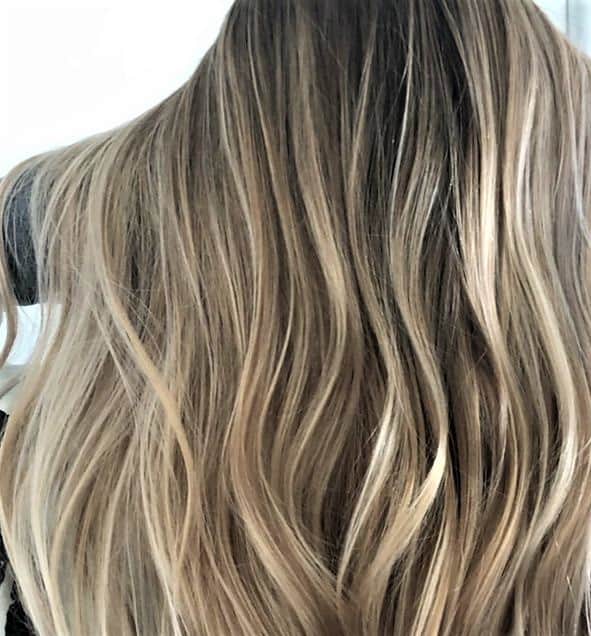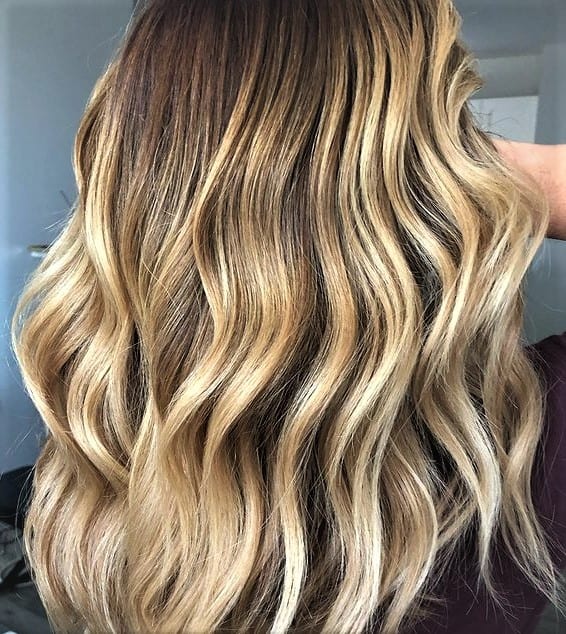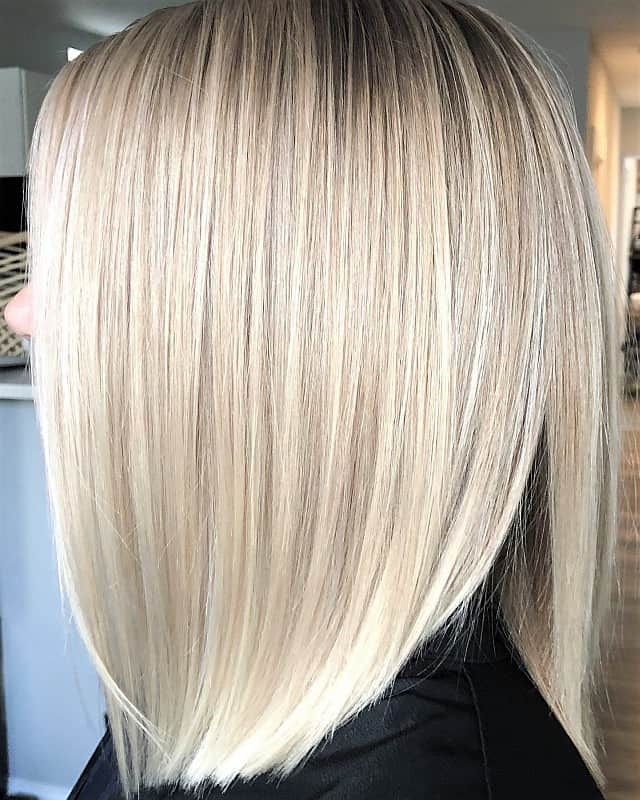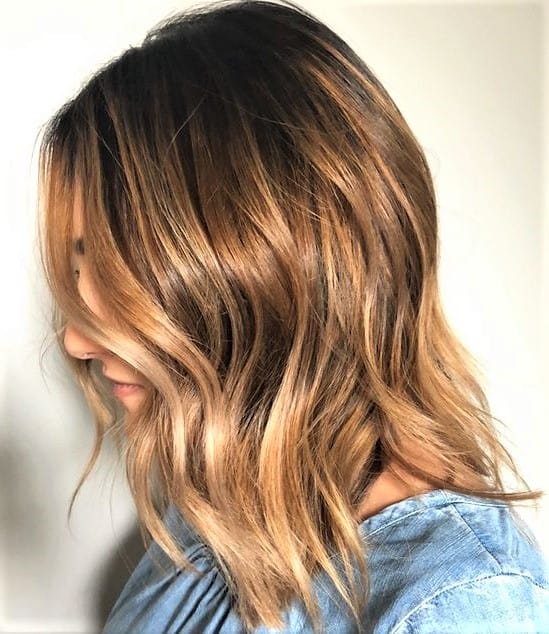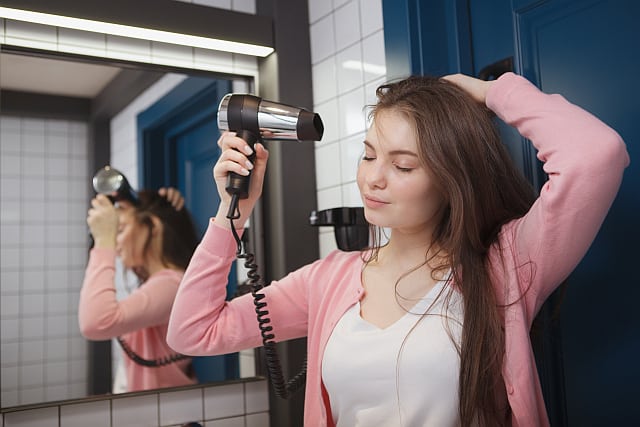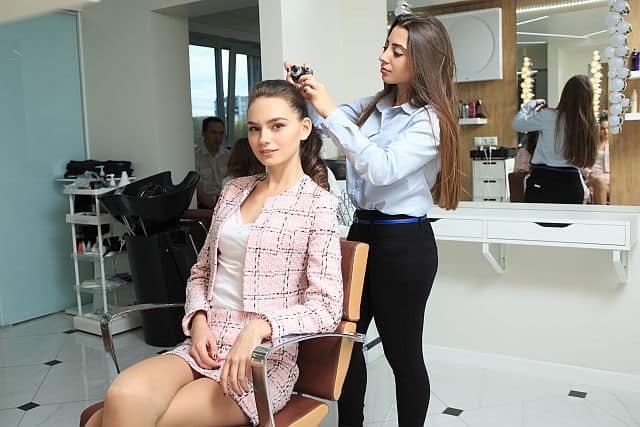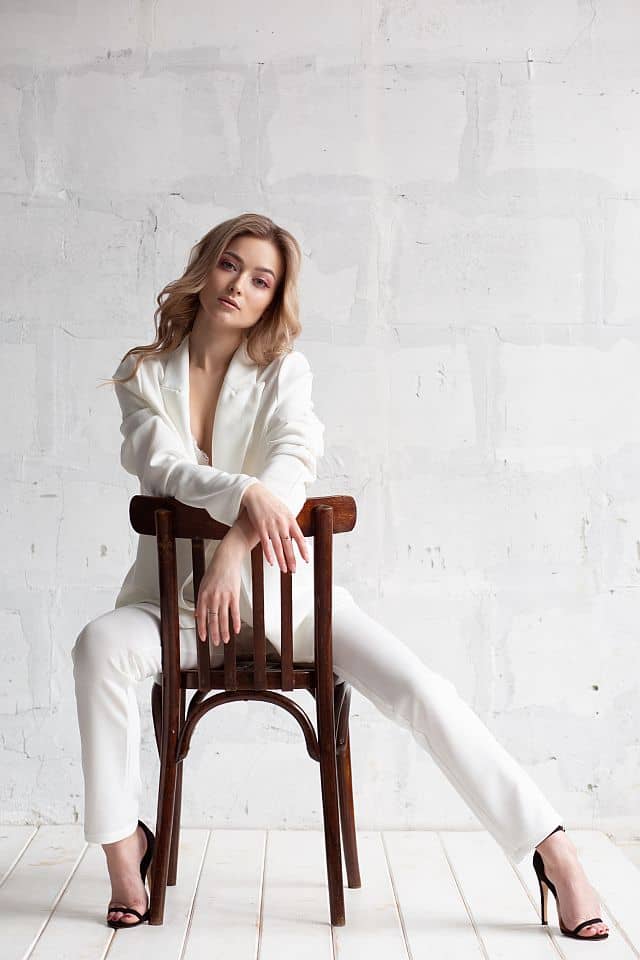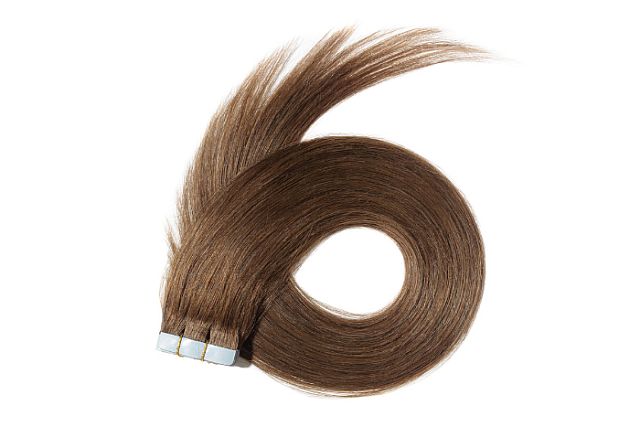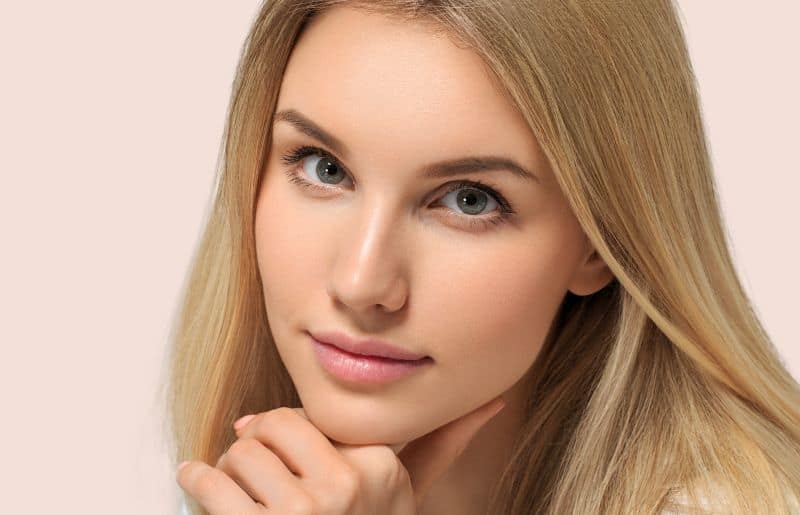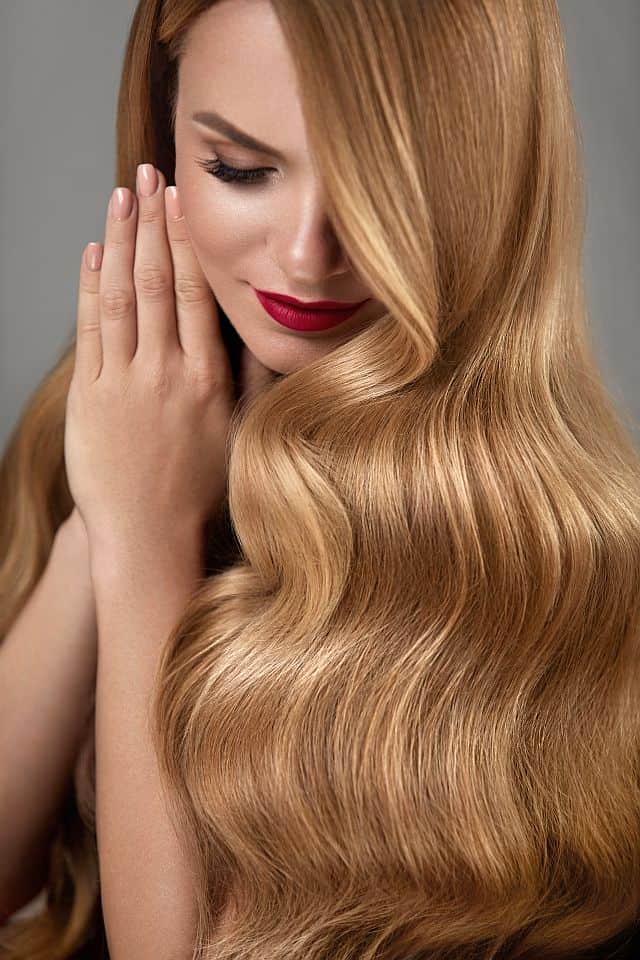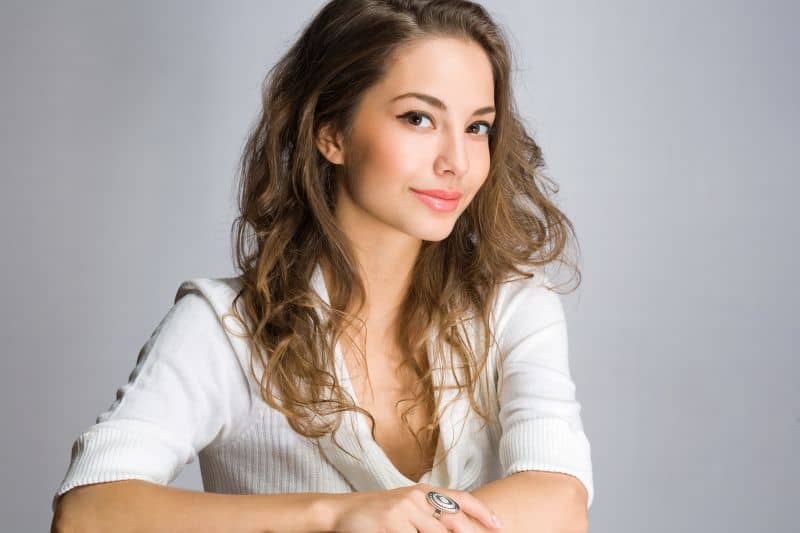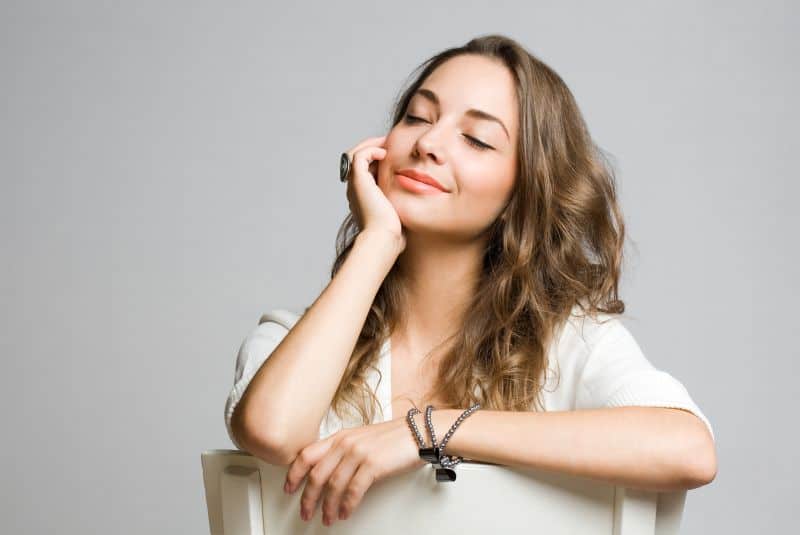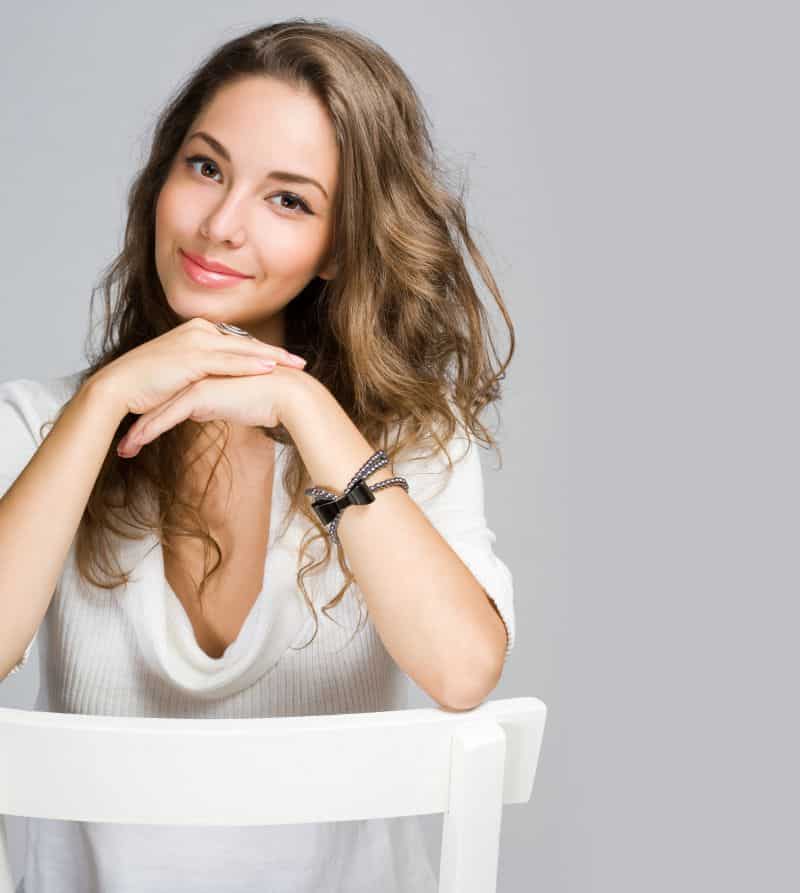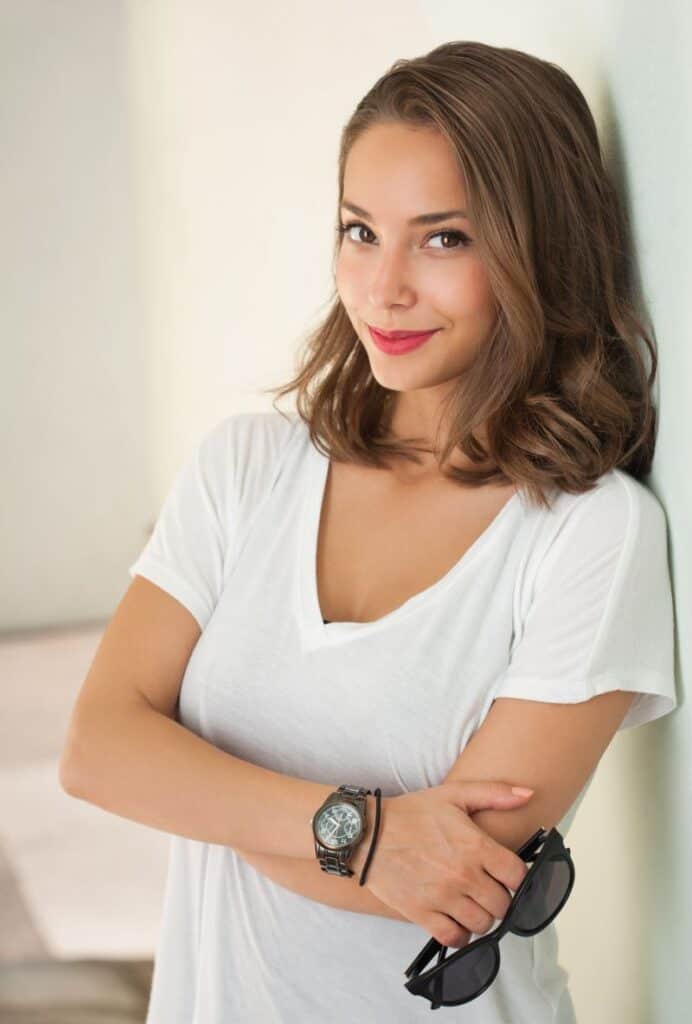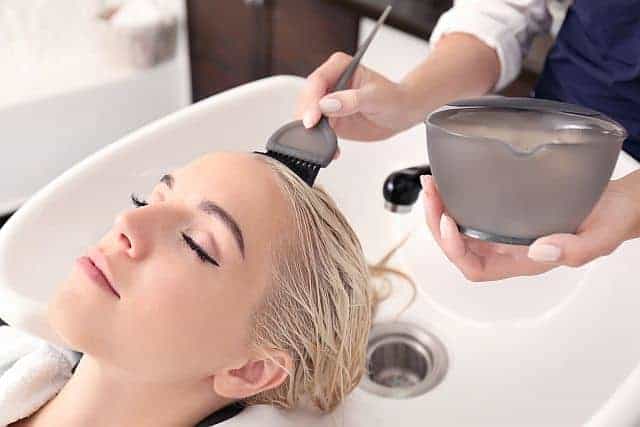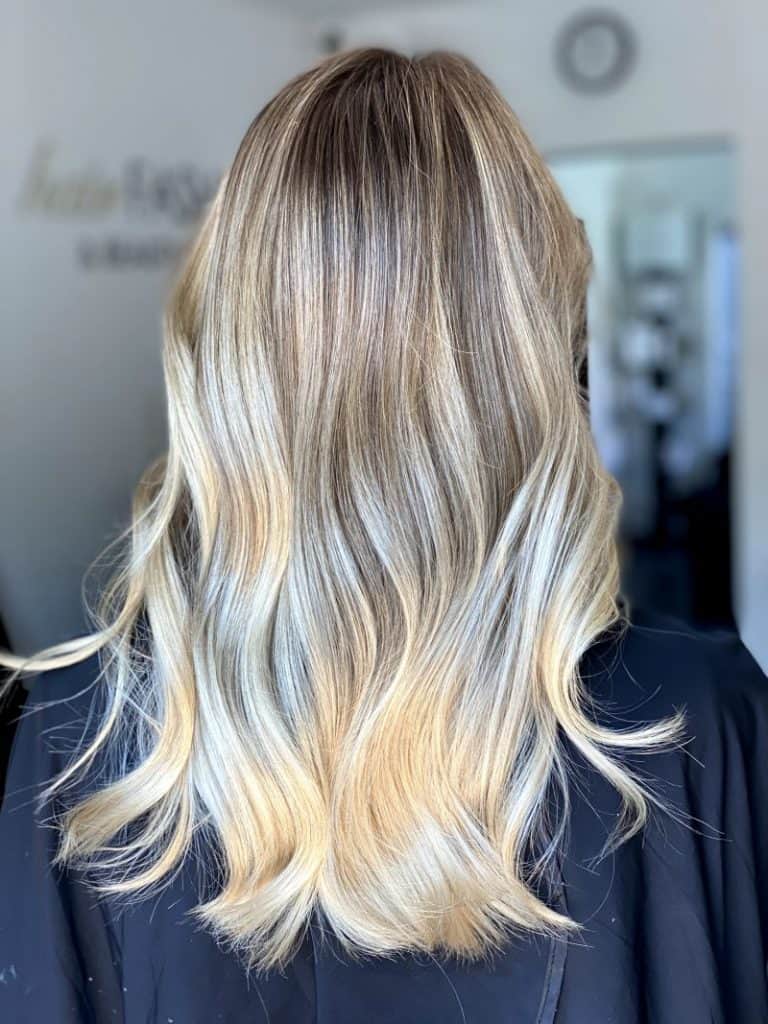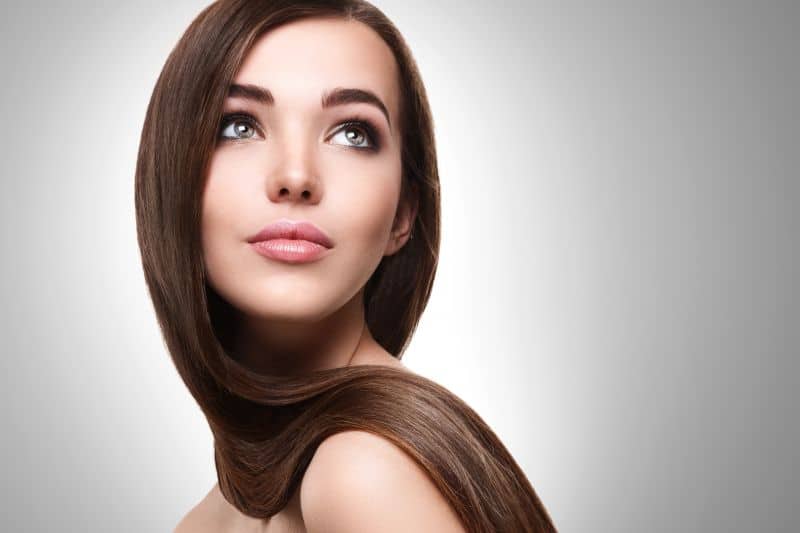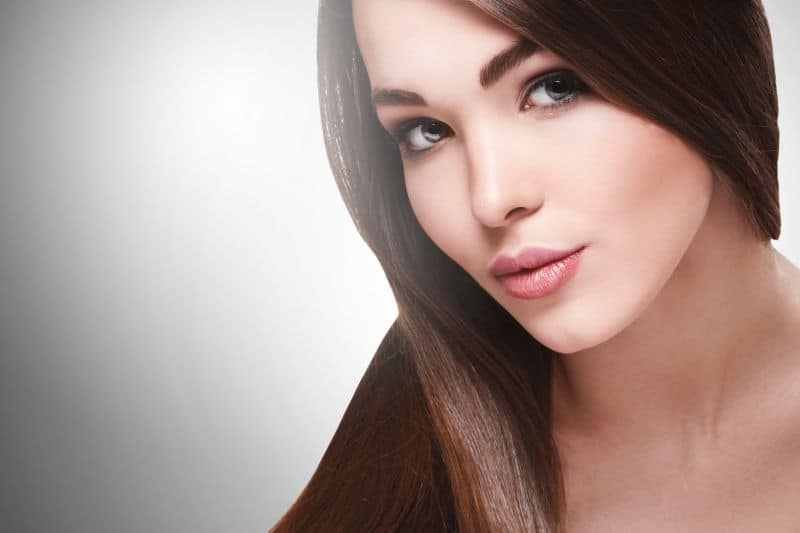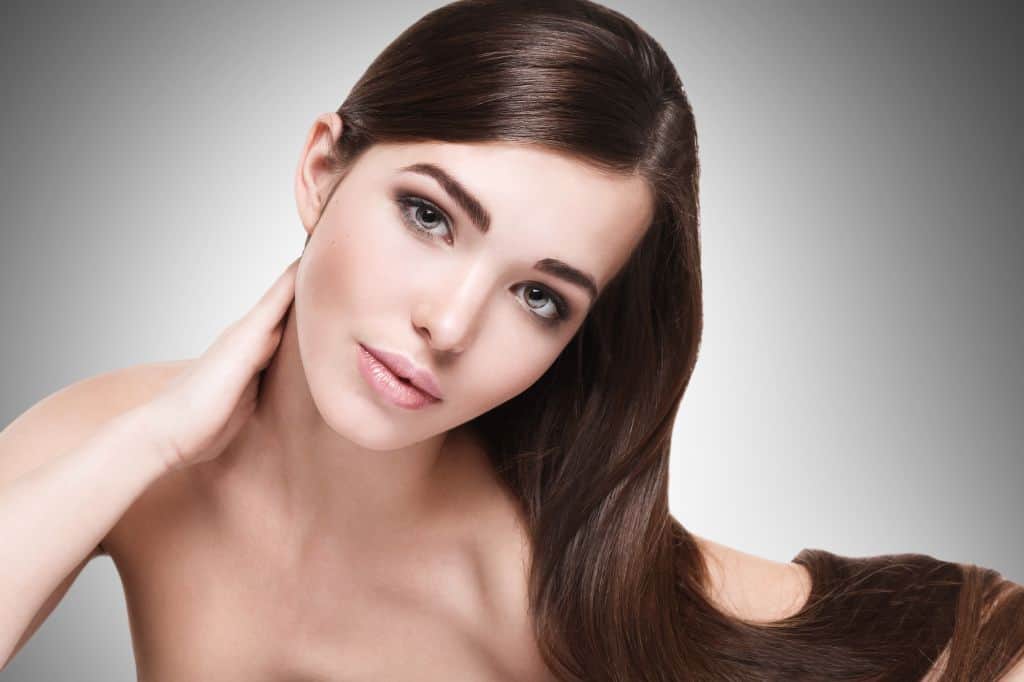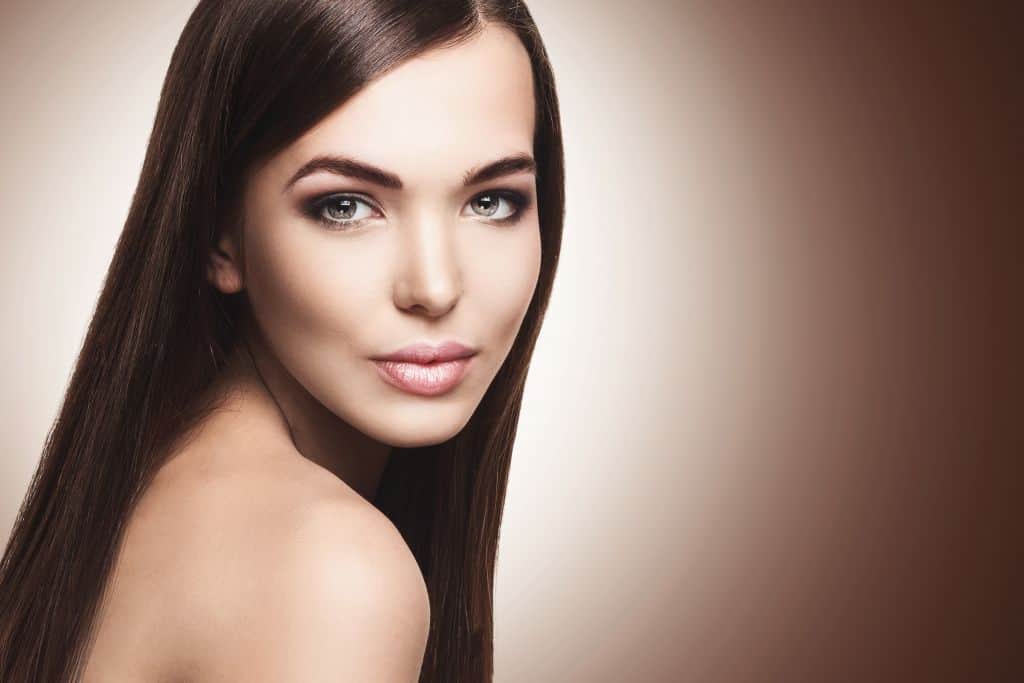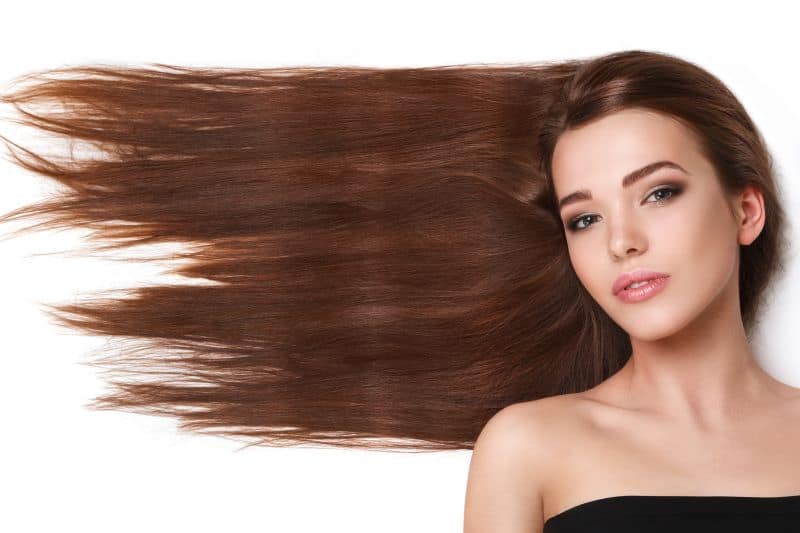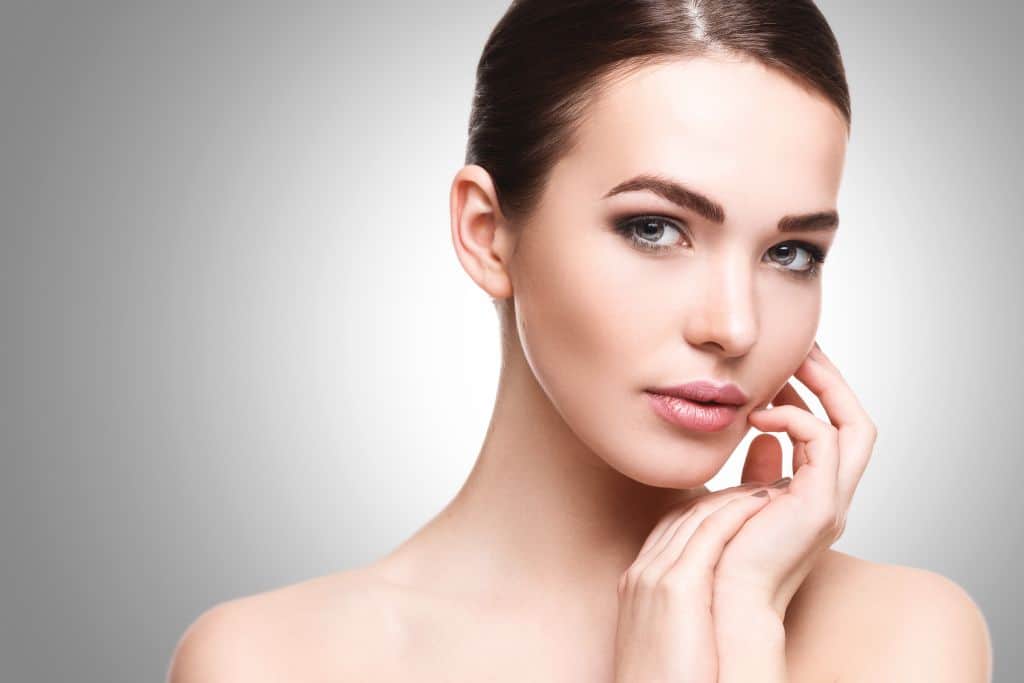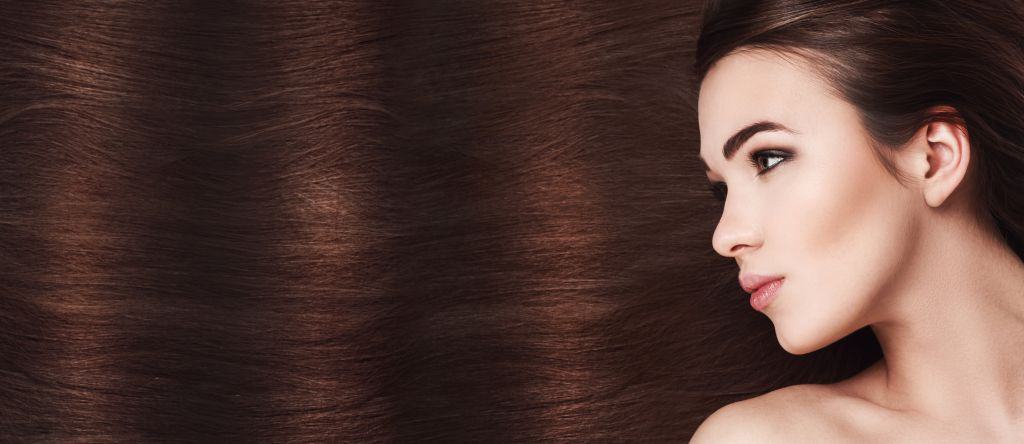Hair braiding is a beautiful technique for both the style and health of your hair. But chances are you’ve experienced a bit of a learning curve with the three-strand braid, a technique that so many people were introduced to growing up. Do you remember the feeling you had once you finally mastered it? Like tying your shoes, once it clicks, it clicks. But transferring this technique to yourself for DIY braiding can be a bit trickier.
Here are a few easy tips and tricks for braiding your own hair that make the process easier. From beginners to advanced braiders, use these steps to increase your braiding skills while making your hair luxurious and healthy along the way.
Different Ways to Braid Your Own Hair –The Three-Strand Braid for Beginners
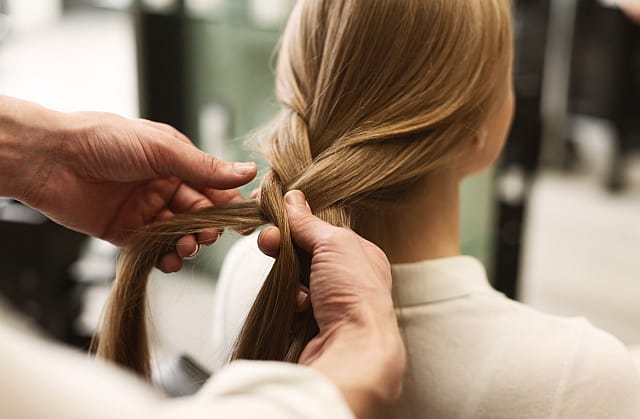
The biggest takeaway for the three-strand braid is allowing yourself some grace. When first learning the art of folding three strands of hair over each other in a pattern, it’s important to let yourself make mistakes and enjoy your own process. I promise you’ll get it!
So where do you begin? It’s helpful with this braid to begin on someone else, then once you feel like you’ve got it, transfer the technique to yourself. But for the sake of this tutorial, we will begin with braiding on yourself.
Steps for the Three-Strand Braid on Yourself
Begin by taking a 2” wide section of hair near your face. Use a clip to pin the rest of the hair out of the way. Do not practice in front of a mirror.
- Divide the section near your face into three equal-sized strands.
- With one hand, pinch 2 of the strands while keeping them separate, and hold the third strand with the other hand.
- With the hand holding the single strand, use your loose finger (maybe the middle one) to reach and grab the middle strand and cross it over the top of the one on the outside. Now two strands have switched places.
- Now take the opposite hand and do the same motion, pulling the new middle strand over the top of it. The outer strand has changed places with the middle strand once again.
- Repeat this pattern working between your left and right hands until you see the braid form!
The classic three-strand braid creates a beautiful texture and can add a lot of style to your look. There are other types as well with ethereal qualities worth looking at.
Steps For the 2-Strand Braid or Double Fishtails
This is a great braid if you’re looking for something gorgeous but contoured to a minimalist’s aesthetic. The overlay of each strand can look more intricate than the three-strand braid, making it perfect for a party or night out.
While the steps are simple, getting a good grip on the hair might be the only area where there is a learning curve. Keep practicing, each time you do, you’ll get comfortable with the hold.
French Braiding Styles
Easy Steps for the 2-strand Braid or Dovetail/Fishtail on Yourself
- Start by parting your hair down the middle to create two equal amounts of hair.
- Begin near the front of the part on one side and collect the hair as you go into a twist until you end up twisting all the way down to just behind the ear. Secure with a small rubber band.
- Now for the fishtail part. Near where you just placed the rubber band, divide the loose hair below it into two equal sections. These are now called sections 1 and 2.
- On the outer side of section 1, take a very small piece of hair and cross it over the section you took it from, landing on the other side in section 2. Hold it with your other hand.
- Then, from section 2, take a small piece of hair and cross it over the section you took it from, landing in section 1. This crisscross action can be repeated all the way down until you have a beautiful fishtail braid.
- Gently secure with a rubber band at the end then begin to lightly pull at the crisscrosses until the braid loosens and expands in size.
Intermediate French 3-strand and 2-strand Braiding
Once you’ve gained the ability to braid, the next step is learning to do a French style. This means the braid is attached to your head. The movement follows the same pattern as a basic braid but incorporates extra strands from different parts of the head as the pieces are braided over each other.
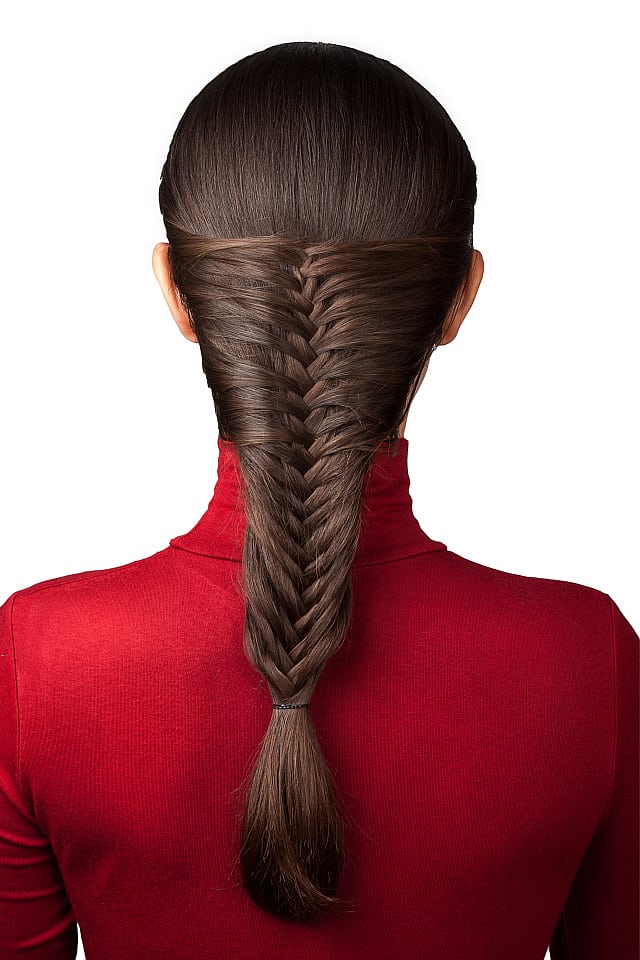
It is an intermediate braiding technique and builds off the foundation of being able to do a simple 2 or 3-strand braid. The results can be absolutely stunning, so practicing this is worth your efforts.
Steps for a Classic Single French Braid
- Start by brushing your hair back to remove the part.
- Take your two index fingers and place them on your temples, then slide them slowly up, landing about 2” past your hairline. This is your starting section.
- Divide the starting section into 3 equal pieces. These are strands 1, 2, and 3 now. It’s important to keep these 3 sections clean and evenly divided.
- Take the middle strand number 2 and cross it over strand number 3. The two strands have now switched places.
- Now before taking strand number one and crossing it with the middle strand, you’re going to slide your index finger and scoop up another section of hair, adding it to strand number 1 before the crisscross happens.
- This is the motion that will be repeated until you’ve braided all the way down the end of your hair. You’ll scoop in slices of hair to add in each time one of the outer sections of hair crosses over the middle piece.
- Make sure to view the video attached to this piece so you can see the art of the French braid. It’s a very visual process!
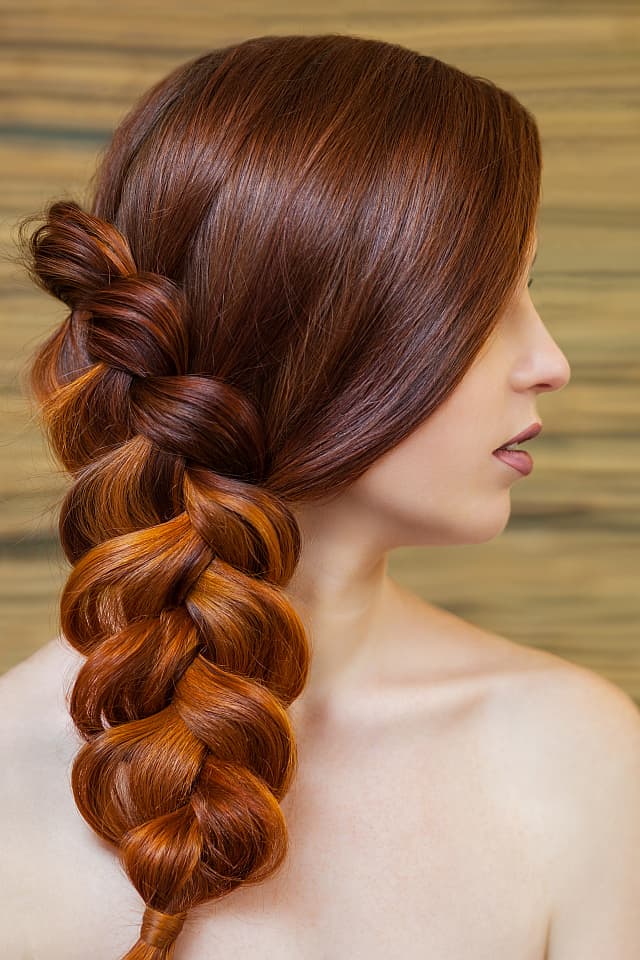
French Fishtail Advanced Technique on Yourself
The steps for a French fishtail are similar in terms of the pattern and the scooping to add in hair as you go. However, French fishtails look more beautiful than bubble braids. This means you pull the crisscross under the middle piece, instead of over it, resulting in the braid “popping out” or looking raised on the head.
The fishtail pattern is easier to see this way as it enhances the details of the look. It’s a more difficult process and takes time to master. So don’t give up, anything is possible when you want it.
